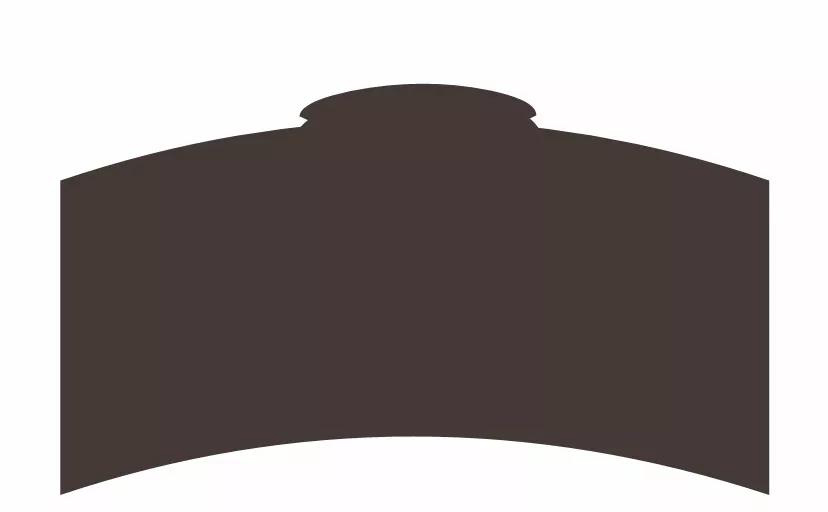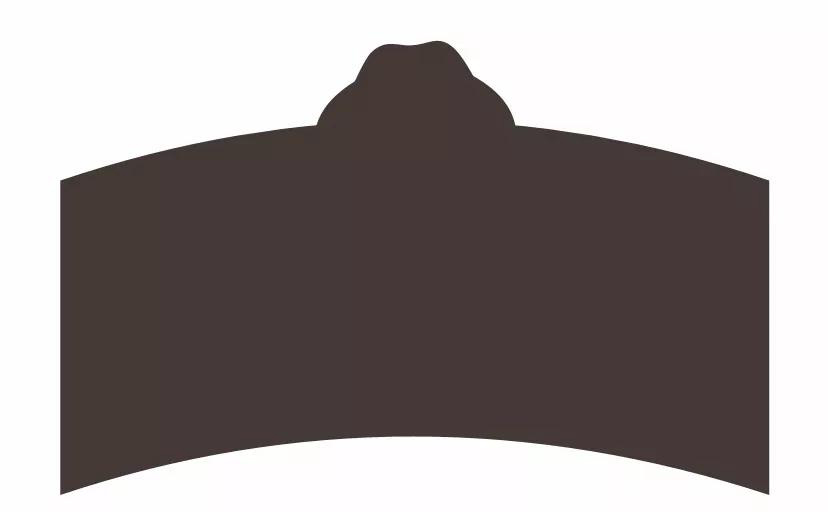Used high frequency tube mills, common problems of high-frequency welding (1)--external burr shape
- Sort:Information
- Auth:
- Source:
- Release time:2021-10-26 11:30
- Pvs:
【概要描述】The used high frequency tube mills is the core equipment of the entire HFW production line, and it is also the equipment with the highest technical requirements. If it is adjusted improperly, it will directly affect the quality of the welded pipe. This article takes five-roll extrusion welding as an example to introduce the used high frequency tube mills in detail. Common problems of high frequency welding of machines (1) External burr shape and cause.
Used high frequency tube mills, common problems of high-frequency welding (1)--external burr shape
【概要描述】The used high frequency tube mills is the core equipment of the entire HFW production line, and it is also the equipment with the highest technical requirements. If it is adjusted improperly, it will directly affect the quality of the welded pipe. This article takes five-roll extrusion welding as an example to introduce the used high frequency tube mills in detail. Common problems of high frequency welding of machines (1) External burr shape and cause.
- Sort:Information
- Auth:
- Source:
- Release time:2021-10-26 11:30
- Pvs:
The used high frequency tube millss is the core equipment of the entire HFW production line, and it is also the equipment with the highest technical requirements. If it is adjusted improperly, it will directly affect the quality of the welded pipe. This article takes five-roll extrusion welding as an example to introduce the used high frequency tube mills in detail. Common problems of highfrequency welding of machines (1) External burr shape and cause.
1. External burr shape
The external burr is the product of the steel pipe being manufactured by the used high frequency tube mills after high-frequency heating and extrusion. The shape of the external burr is affected by the amount of welding extrusion, welding power, and the shape of the edge of the plate. Therefore, the shape of the external burr is the most intuitive reflection of the welding quality, so the welding quality can be judged by the shape of the external burr.
① Uniform external burrs
Good shape of external burr. As shown in Figure 1, the external burr is divided into two parts: Part 1 and Part 2.

Part 1 is the deformation that occurs when the edge of the plate is heated and the strength is reduced under the welding extrusion force during the welding process, which is called deformed metal burr here.
Part 2 is the umbrella-shaped protrusion formed after the edge metal is melted and the molten metal is extruded, which is called extruded metal burr here.
A good external burr is that the extruded metal burr covers the deformed metal burr in a mushroom shape, and locally merges with the deformed metal burr. The width of the heat-affected zone of the weld produced by this situation is moderate.
②Flat external burr

The picture above shows a flat external burr. It is an overburning phenomenon, caused by excessive welding power. The extruded metal burr covers the deformed metal burr in the form of a sheet. The burr is in the shape of a flat arc as a whole, lying on the surface of the welded pipe. This situation is likely to cause the width of the weld heat-affected zone when the welded pipe is made by the used high-frequency tube mills. is too big.
Figure 3 shows the arc-shaped outer burr with grooves

Figure 4 shows a rectangular outer burr with grooves, and the overall burr is relatively high. Both cases belong to cold welding.

There are relatively more deformed metal burrs, and relatively few or no extruded metal burrs, impurities in the weld cannot be discharged and the weld is prone to cracking in the flattening test.
These two situations are likely to cause the width of the heat affected zone of the weld to be too small.
cause:
Figure 3 compares with Figure 4. Figure 3 shows cold welding caused by too small welding power, and Figure 4 shows cold welding caused by excessive extrusion.
Generally speaking, the extrusion amount is constant, the higher the welding power, the higher the total external burr amount occupied by the extruded metal burr, and the flatter the burr shape; the welding power is constant, the larger the extrusion amount, the total amount of deformed metal burrs The higher the amount of external burrs, the more upright the burrs.
The amount of welding extrusion is small, and a smaller welding power is required to ensure the welding quality;
On the contrary, the welding extrusion volume is large, and a larger welding power is required to ensure the welding quality. However, too small extrusion volume is not conducive to
Elimination of welding seam inclusions, excessive extrusion will easily lead to excessive extrusion of molten metal in the weld seam, resulting in cold welding.
③Oblique external burr
cause:
When the two plate edges are connected, there is a wrong edge, which causes the stress state of the two plate edges to be different, causing the molten metal to deviate from the original position after being extruded (as shown in the figure below)

The above problems are common problems in the formation of external burrs in the high-frequency welding of used high frequency tube mills. I hope to give you effective help.
More News

Time of issue : 2023-10-31

Time of issue : 2023-10-28

Time of issue : 2023-10-25

Time of issue : 2023-10-22
Wechat: 13392281699
Email: zty@usedpipemill.com
Company address:No. A99, East Lecong Avenue, Lecong Town, Foshan City, Guangdong Province
Recommendation
Online Inquiry
LINK
Contact Us
Tel (wechat): 13336487288
Wechat:+86 13336487288
WhatsApp:+86 13336487288
Email: zty@usedpipemill.com
Address: No. A99, Lecong Avenue East, Lecong Town, Foshan City, Guangdong Province









